Macau lies about an hour from Hong Kong, if you go by a fast boat. To be precise, they are fast ferries, and I was aboard one on Monday morning, headed, with Dean and Julie, to the three islands known as Macau.
“Gambling casinos” are the two words most associated with Macau, and we had plans for a brief visit to The Venetian, but the first destination, after dropping off our bags at the hotel, was Restaurante Fernando, a sprawling Portuguese restaurant near the beach, on the island of Coloane. Robin, a colleague of Dean’s, recommended that we eat there, and guidebooks called it a “don’t-miss.”
We left the hotel and headed toward Hac Sa Bay, where Fernando is located, taking a winding road that runs parallel to the water. The island is very green, full of diverse vegetation, and a variety of birds – and stray dogs – add noise and color. After about 20 minutes we neared a beach and walked along the shoreline.
Consulting our map, Dean steered us along a sandy path, past a sleeping guard and a camping site. As we neared the end of a trail we saw nothing but a picnic area, so decided we had walked too far. We turned and retraced our steps, back past the snoring guard. To our right was a cluster of buildings, and the first one we came to was Fernando.
The restaurant’s front entrance is rather plain, but, as I later discovered, the entire complex – which includes a round pagoda-like bar out back and a large patio with tables for diners – has the comfortable feel of a lodge, or a fishing camp, which is appropriate, since the sea is so near.
We were told by Dean’s friend to make sure we ate in the back dining room, and walked through several rooms, past the doors leading to the kitchen, and down a long hallway covered in paper currency.
At our table, next to open windows and surrounded by other diners – it was lunchtime – we took a look at the menus and decided to order a few items to share. A waitress who seemed to be in charge – we later learned that her name is Liliana, and that she is Macanese – asked us what we wanted to drink; Dean and I chose Portuguese stouts, brewed under the brand name Double Bock, and Julie ordered a quartino of vinho verde.
To the food: shrimp in a chili sauce, “drunken steak,” (a take on Steak Diane), and roast suckling pig, which, in my opinion, is the best pig I have had thus far in this part of the world. The skin was crispy and just salty enough; it was not so chewy that it stuck to my teeth, but it provided a perfect snap and flavor. And the meat. The meat was all one wants from suckling pig: tender, earthy and wholesome. I closed my eyes and let a piece (almost) melt in my mouth.
I don’t mean to ignore the other dishes, because they, too, were good. The shrimp were fresh, not overcooked – one of my pet peeves is chewy, dry seafood – and the steak was a perfect medium rare, accompanied by a sauce tasting of pepper and brandy. There was nothing left on the plates when we finished, and we used our bread to make sure we left no sauce behind. It really was that good.
Near the end of the meal we ordered a pitcher of Sangria, and, after pushing our plates aside, went outside to sit at the bar. There, Lili, as she ordered us to call her, told us a bit about the restaurant and gave us a recommendation for dinner in Macau. A perfect dining experience require mores than food, and Lili helped make Fernando perfect.
I got up to take a tour of the huge kitchen, which is comprised of several connected rooms, and I talked with a few of the cooks. The chef was an imposing woman who, by the looks of it, had the kitchen fully under control, as it should be. But there were lots of smiles, as it also should be.
When I returned to the pagoda bar I saw that Dean had been recruited for a match of Foosball; I soon found myself playing alongside him, against two of the waitresses. Suffice to say that they kicked our asses, with style, laughing all the while. (One of the women played with the grace of Platini, no wasted movements, always finding the corners of the goal.) Dean and I lost the final match 5-0.
Lunch over, Foosball pride a little deflated, Sangria making us warm, we said goodbye to Lili and the others and boarded a bus bound for another island.
Sometimes one hears of a restaurant and is told that it is wonderful, that one must go, only to be disappointed. On other occasions the experience is all one wants from a meal: gracious and comfortable service, honest food that tastes the way it is meant to, engaging conversation, all of which enjoyed while surrounded by an ineffable spirit of goodness. Fernando is all that. You should go. And order the pork.
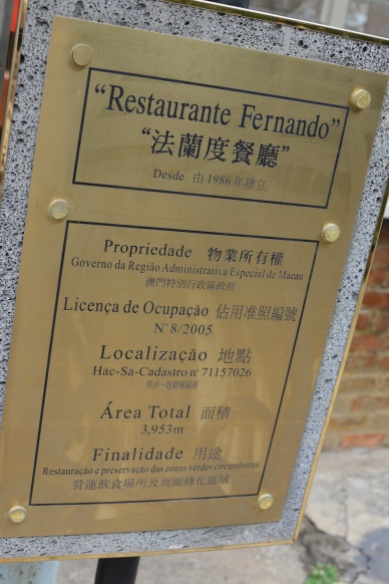

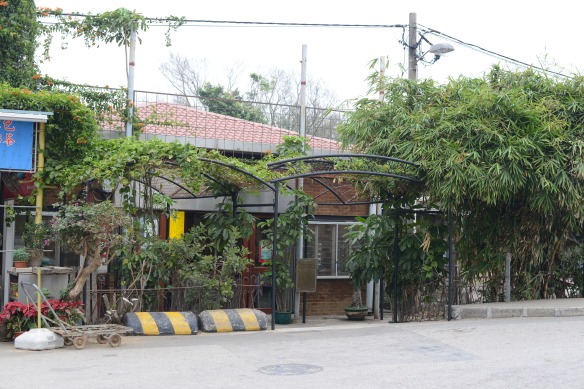

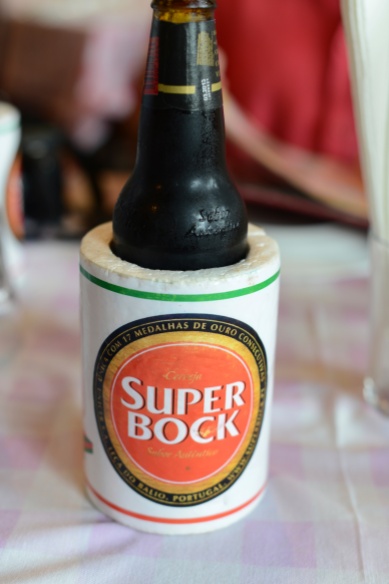
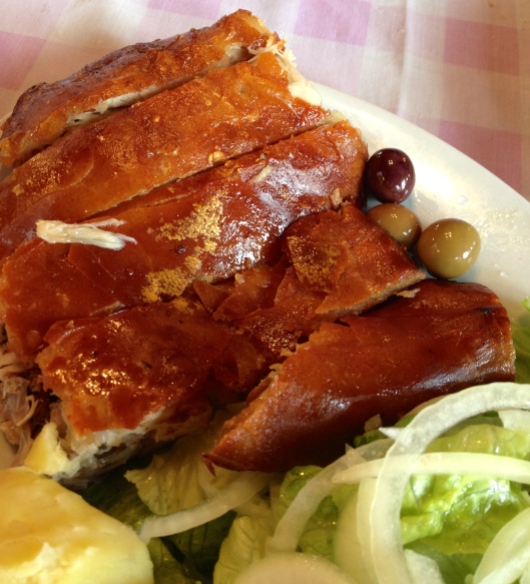
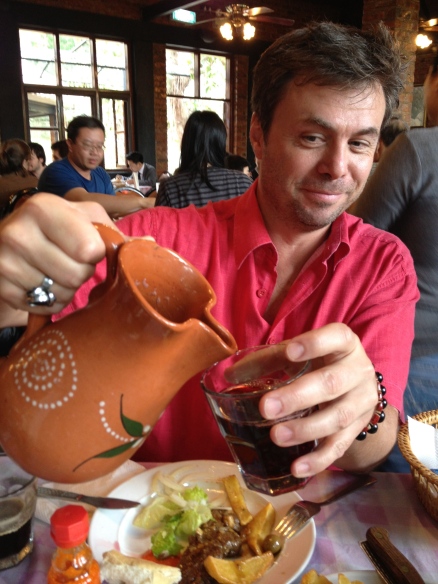
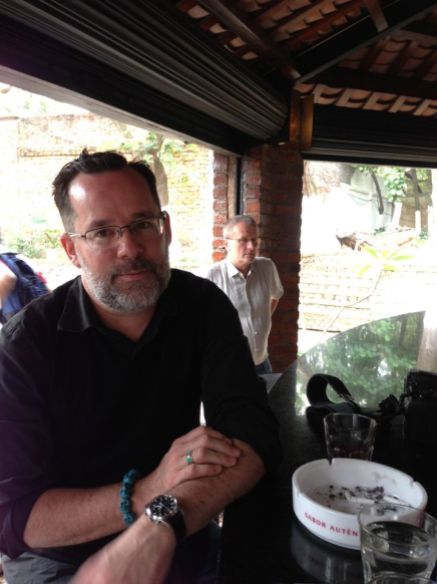
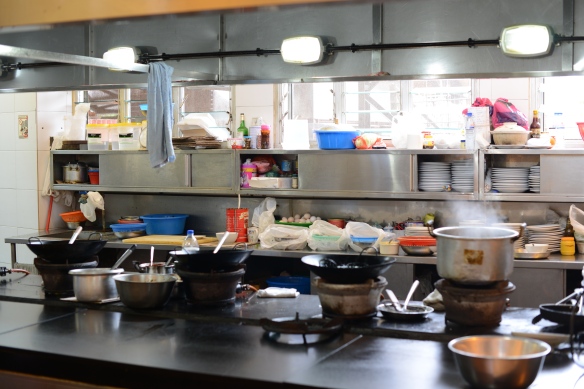
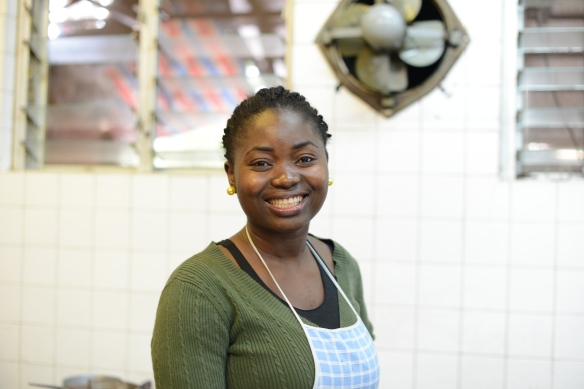
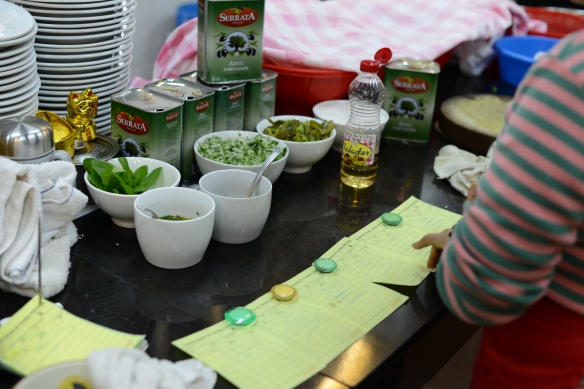
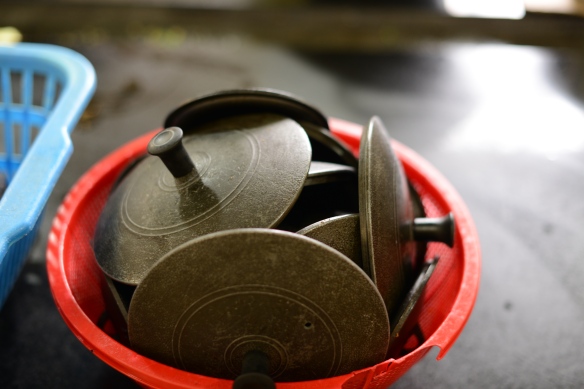
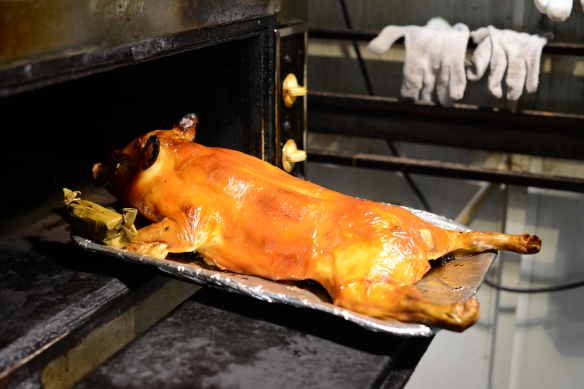
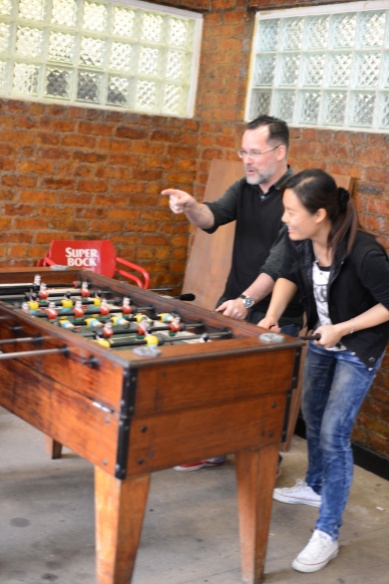
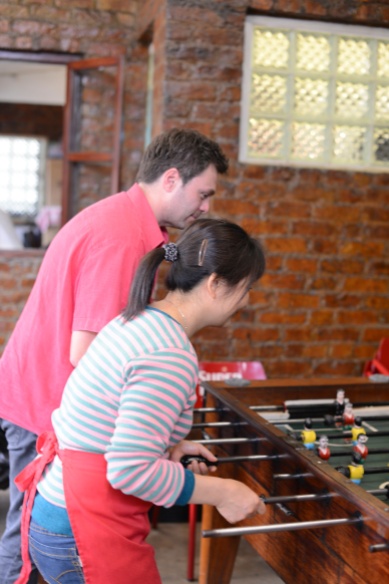

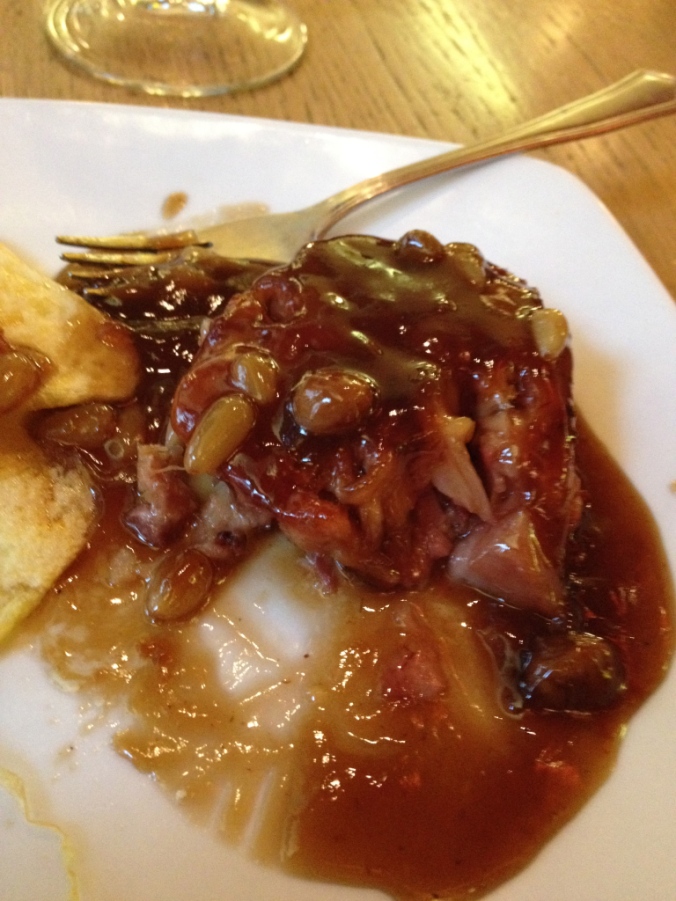
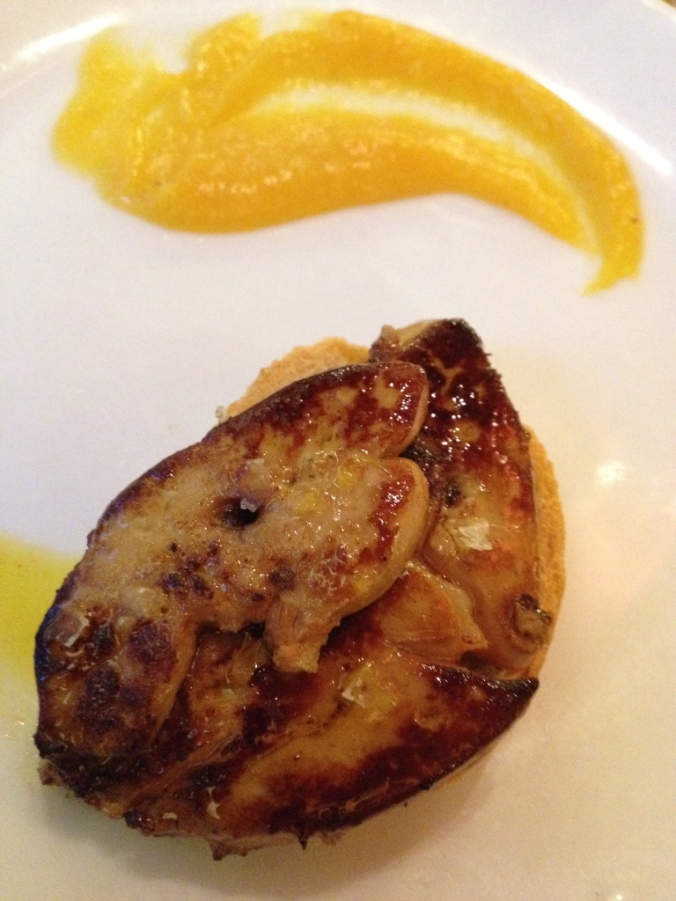






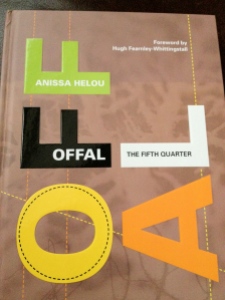
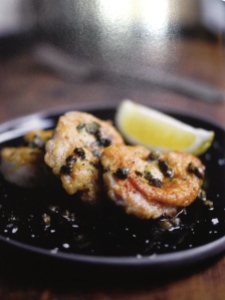

Recent Comments